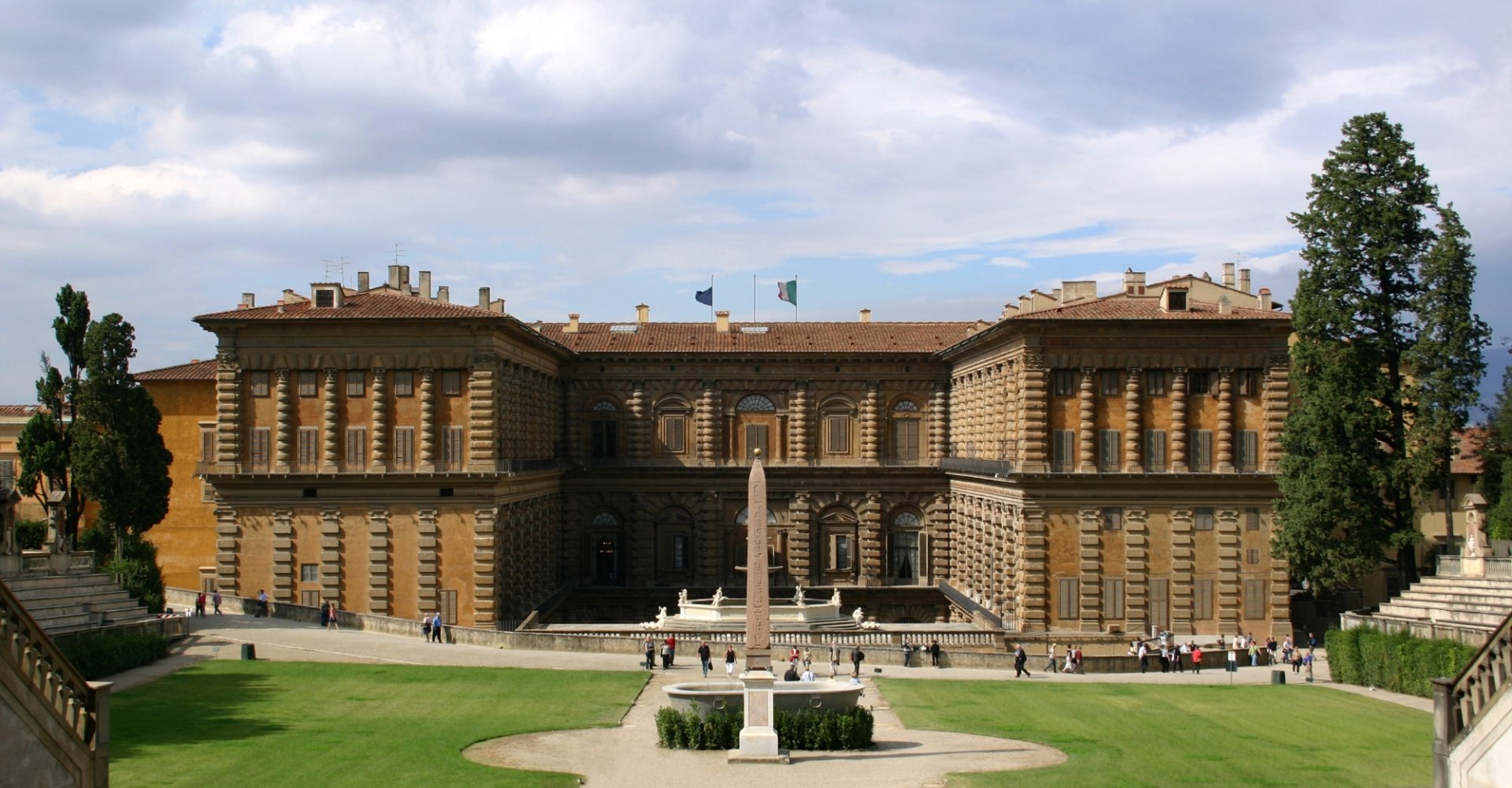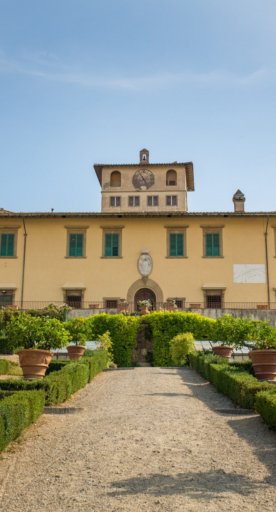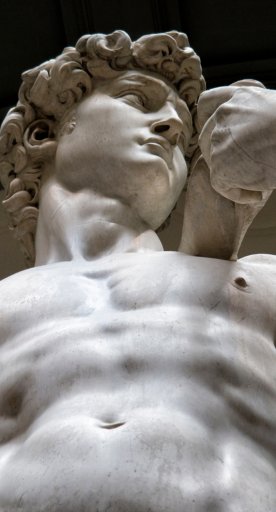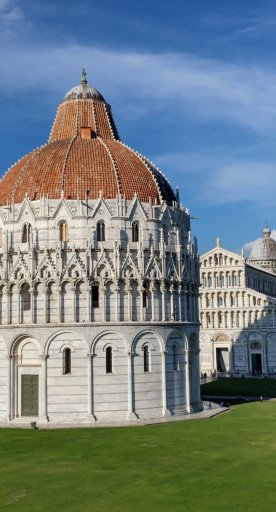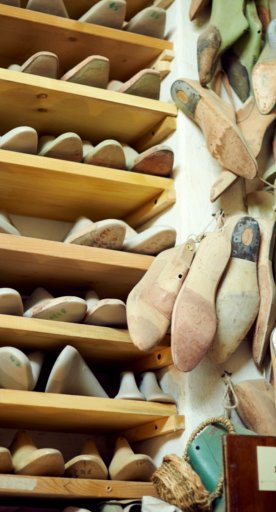LGBTQ+ curiosities to discover at the Palatine Gallery
A look at paintings that reveal rainbow characters and stories
The Palatine Gallery and the Royal and Imperial Apartments are located on the piano nobile of Palazzo Pitti and are among the must-see places for anyone who wants to enjoy a complete look at the artworks kept in Florence.
The interior of the building is characterized by stuccoes, and the grandeur and opulence typical of the Baroque period. Between the late 18th century and the early 19th century, the Lorraine family decorated these spaces with paintings, sculptures and furnishings from the Medici collections.
The gallery hosts works by renowned artists of the calibre of Raphael, Artemisia Gentileschi and Caravaggio, just to name a few, however in this article we want to propose themes and artists that will allow you to visit the gallery through different eyes.
Starting with the different representations of the myth of the Rape of Ganymede (in Napoleon's Bathroom and in the Sala dell'Iliade), here are several works to look out for on your visit to the Palatine Gallery.
-
1.George Villiers, Duke of Buckingham
-
2.Ila and the Nymphs
-
3.Allegories of Painting and Poetry
-
4.Henry III of France
-
5.John Churchill, Duke of Marlborough
-
6.Allegory of the Crowning of Ferdinand II de 'Medici
George Villiers, Duke of Buckingham
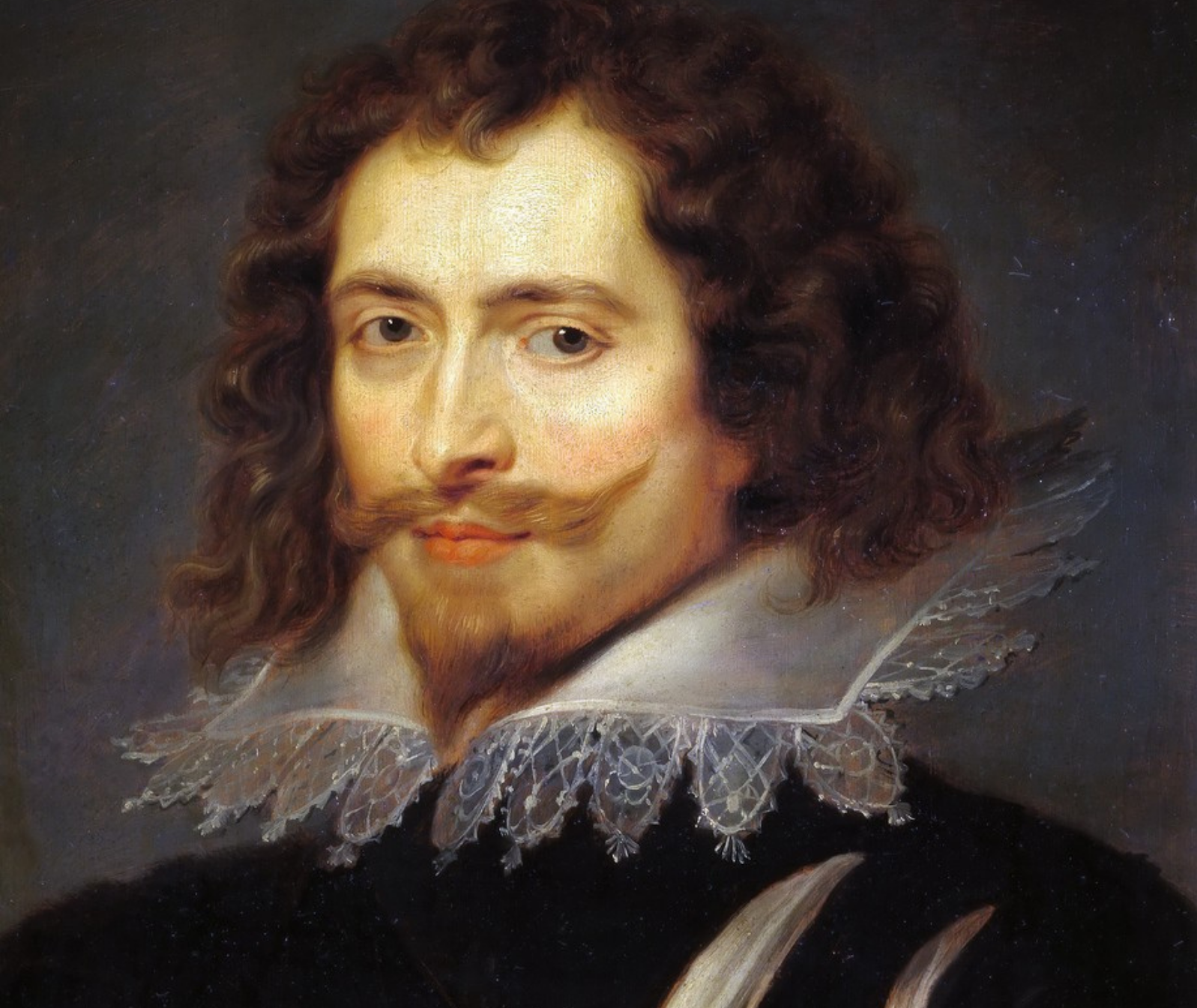
One of the first works you will come across is the one created by Rubens. The painting is in the Poccetti Gallery and portrays George Villiers, Duke of Buckingham. The duke was a very handsome, elegant man who is closely linked to King James I of England, as he was one of his lovers.
James I, who remained on the throne from 1603 to 1625, became famous for the close ties he formed with his "favourites". During his reign he lashed out harshly against sodomy, however these bonds led several scholars to hypothesize that he was homosexual or bisexual.
King James I and George Villiers met in 1614. A year later, Villiers received the title of Knight and, only a few years later, he was made Duke of Buckingham in 1618.
Not only scholars' theories confirm their relationship, however, there are also numerous letters of a very intimate nature that have come down to us and which can be consulted in various collections dedicated to the subject. Recently, following the restoration of Apethorpe Palace which was the favourite royal residence of James I, a secret passage was found that connected the king's bedroom with that of Villiers.
Does the face portrayed in the painting seem like someone you know? Here, we reveal another curiosity: George Villiers was the historical figure who inspired Alexandre Dumas for his famous The Three Musketeers.
Ila and the Nymphs
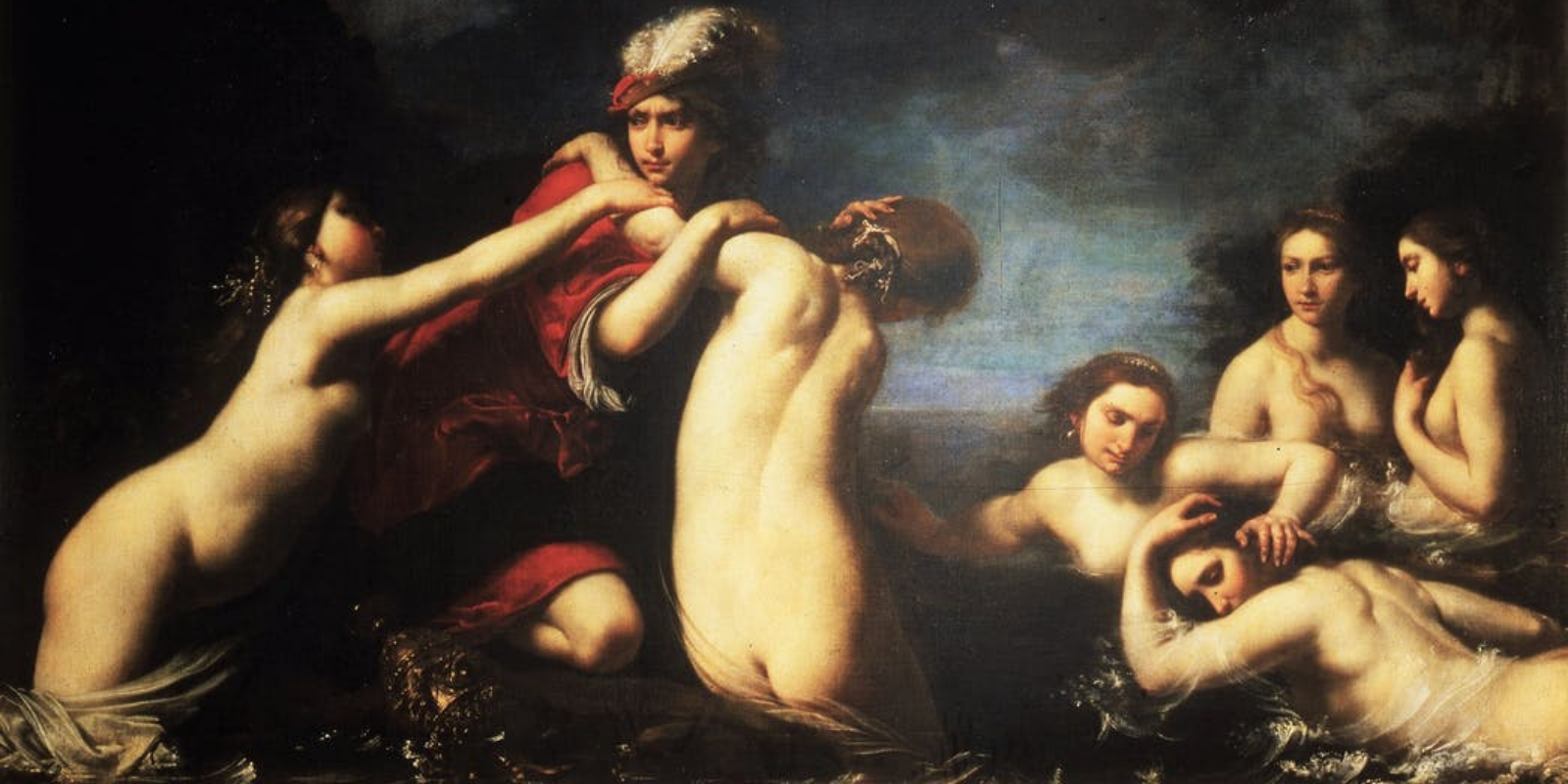
Let's leave behind the intrigues of the English court and dedicate ourselves to a much more traditional story that's as old as time. Also in the Poccetti Gallery, you will find a painting by Francesco Furini whose art is known for soft and languid brushstrokes.
The painting Ila and the Nymphs is an example of this, and the myth that inspired the painting deserves to be told.
Ila is a character from Greek mythology. He was a companion of Heracles in his exploits and accompanied the demigod as a squire. Notably, Ila was a man of unique beauty, and Heracles (known as Hercules in Roman mythology) fell deeply in love with him.
When the two set off in search of the golden fleece together with Jason, Ila went in search of a source of water during a break.
Once he arrived at the source, the nymphs who lived there immediately fell in love with him. So, as soon as he bent down to drink, Ila was kidnapped by the nymphs and, despite Heracles' desperate search for him, nothing more was known.
Francesco Furini's painting represents the moment of the kidnapping: a beautiful intertwining of naked bodies that contrasts with the passionate red of Ila's clothes.
Allegories of Painting and Poetry
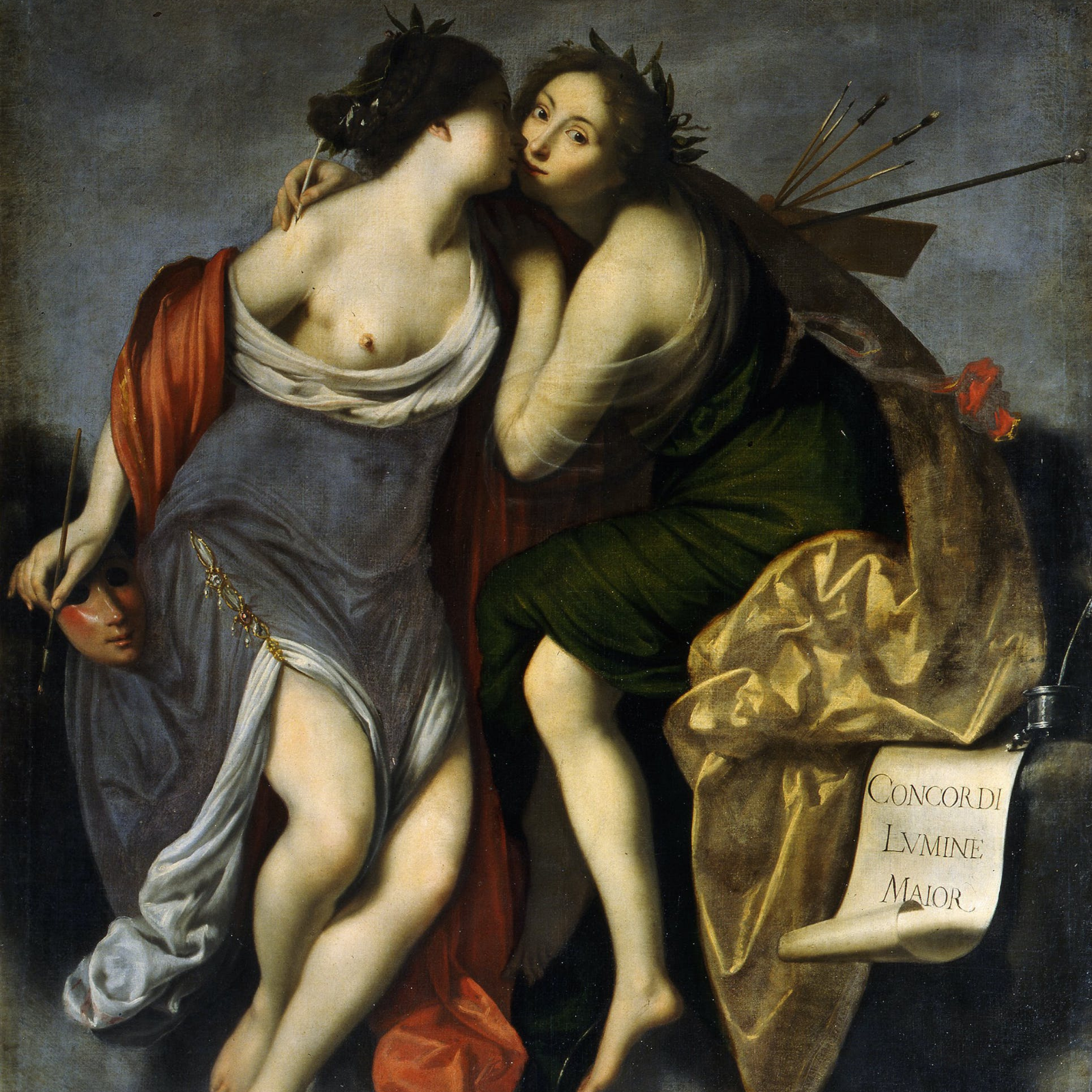
Francesco Furini also created Allegories of Painting and Poetry that can be seen in the Sala di Berenice. Painting and poetry are represented in the picture as two young women in an embrace, who perhaps have had a kiss interrupted by the arrival of the viewer.
'Painting' is holding brushes and a palette, while 'Poetry' is holding a stylus to write, with an inkwell on her right holds parchment with the words CONCORDI LUMINE MAIOR.
The work was commissioned by the Accademia del Disegno in Florence, and was immediately so successful that Galileo Galilei asked Furini for a second version.
Henry III of France
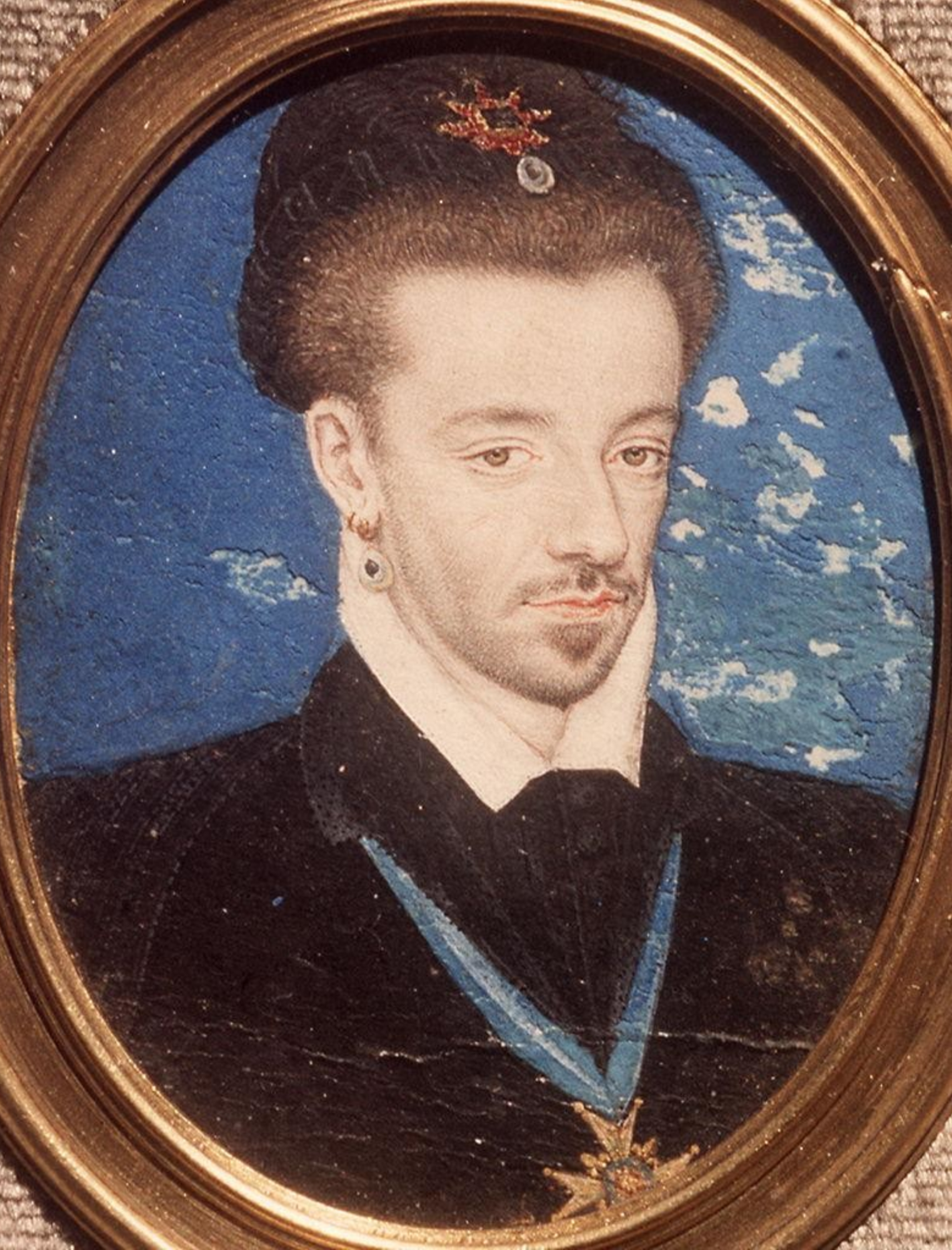
Before we mentioned the King of England and his lover George Villiers, now we move to France to talk about Henry III of Valois. To do this, we just need to go to the Sala dell’educazione di Giove.
Here, we find a work by Francois Clouet which portrays the King of France who reigned from 1574 to 1589 and who became famous for his great passion: mignon.
Mignon was the name by which the court favourites were known and with which the king, it's said, had intense relations. We don't know for sure if Henry III actually had love affairs with other men, but it's interesting to discuss it in order to understand how some dynamics that are still talked about today are not new but date a long time ago.
Some scholars attest that the rumours concerning the king of France are true, others instead posit that the same rumours were circulated by political informers in order to discredit him, simply because he was not fond of war and hunting and therefore considered effeminate.
All these traits would today be part of what in psychology is called toxic masculinity, or a set of stereotypes that define man as dominant in society.
John Churchill, Duke of Marlborough
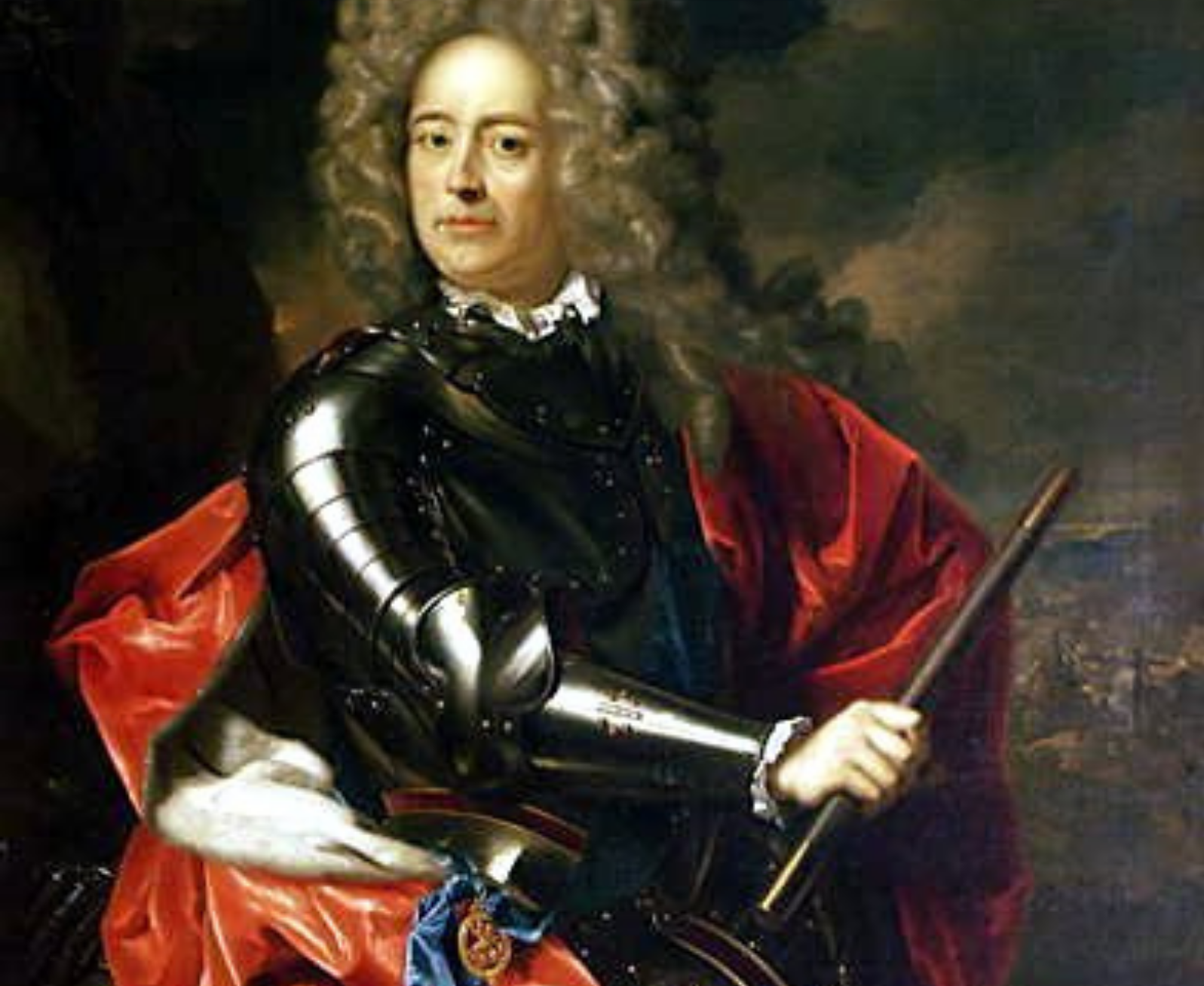
After our brief interlude in the kingdom of France, it's time to return to England with the painting portraying John Churchill, Duke of Marlborough, made by the Dutch painter Adriaen van der Werff and exhibited in the Sala di Marte.
However, this time we won't be discussing the subject of the work, but rather John's wife, Sarah Churchill, Duchess of Marlborough, whose influence on Queen Anne earned her husband's career.
Sarah Churchill and Queen Anne had a long-standing friendship, they met when they were young in 1675 and the friendship intensified in adulthood, eventually becoming a relationship during Anna's reign. From that moment on, the rise of John Churchill was swift with a rapid succession of awards, including the duchy and the post of Army General. The post as general occupied him for most of the Spanish Civil War, allowing Sarah to remain in England in the company of Queen Anne.
However, Sarah didn't attend court, a detail that means we have a series of letters between the two women, thanks to which we know numerous details about their relationship and how much Sarah was able to influence the political choices of the Queen. Relations between the two women slowly cooled, until Sarah Churchill's cousin, Abigail Hill, took over as Anna's favourite.
Her jealousy of the relationship between Queen Anne and Abigail Hill was so strong that it led Sarah to make the lesbian relationship between the two women public, ultimately leading to separation with the Churchills. From that time on, court assignments were given to Abigail Hill instead of Sarah's children, unlike in the past.
Allegory of the Crowning of Ferdinand II de 'Medici
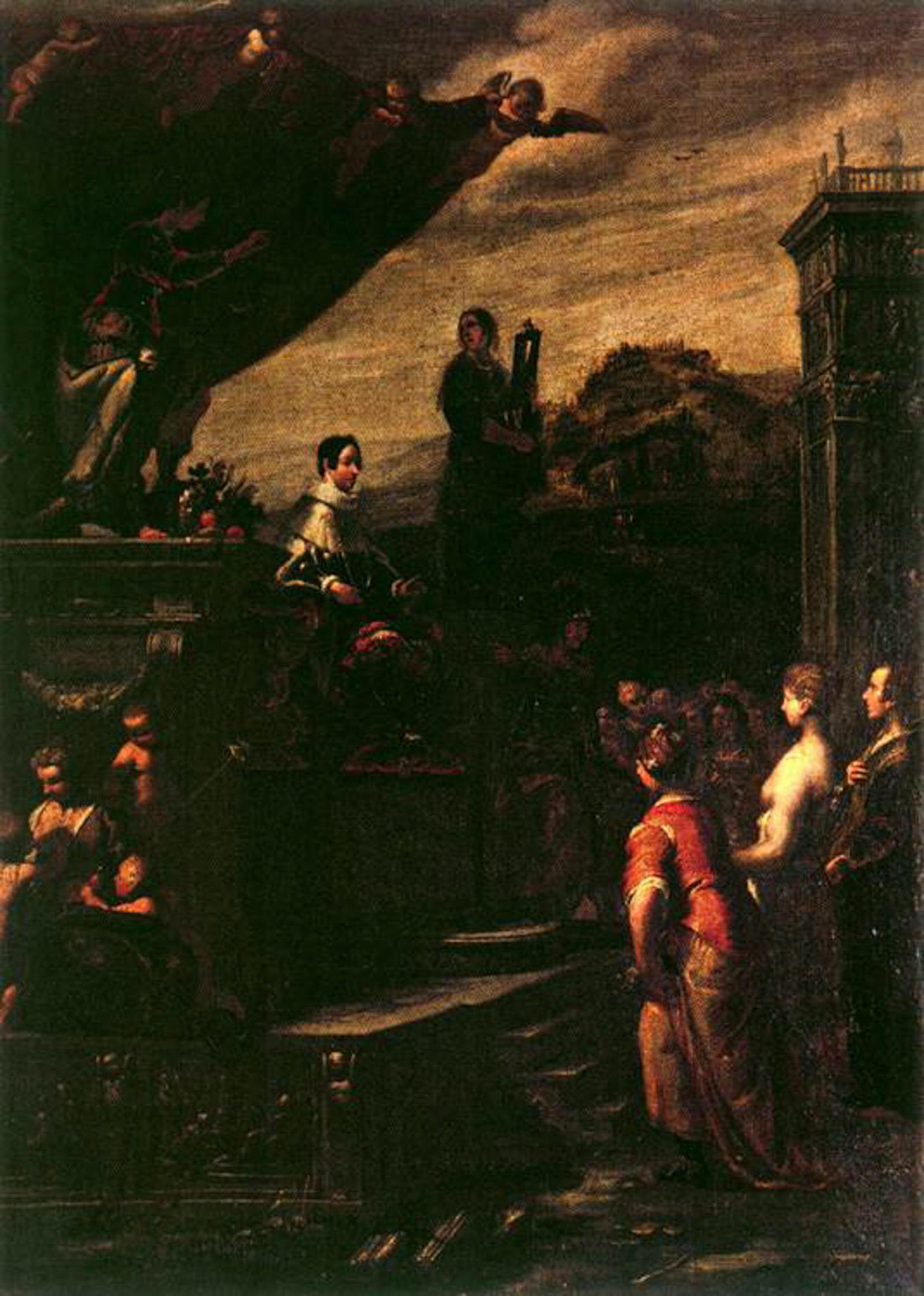
And what was happening in the Grand Duchy of Tuscany? To learn more about the well-known figures in Tuscany, we head to the Sala Verde of the Royal Apartments and admire the painting by Giovanni Andrea Ansaldo titled Allegory of the Crowning of Ferdinand II de 'Medici.
Ferdinand II was the fifth Grand Duke of Tuscany and grandfather of the last Grand Duke of the Medici dynasty, Gian Gastone. Married to Vittoria della Rovere, with whom he had four children, he became known for his love stories. According to several written documents, it was his wife who came across her husband in amorous relations with a young man of Roman origins, Bruto della Molara.
Vittoria della Rovere, thinking to resolve the matter, asked for a mass condemning homosexuality in the church of San Lorenzo, attended by Ferdinand II. The sermon, however, had no effect except the immediate exile of the priest who gave the homily, leaving the two free again to live out their sexuality.
Another portrait of Ferdinand II can be found in the Sala Celeste, by the Flemish painter Justus Sustermans.
